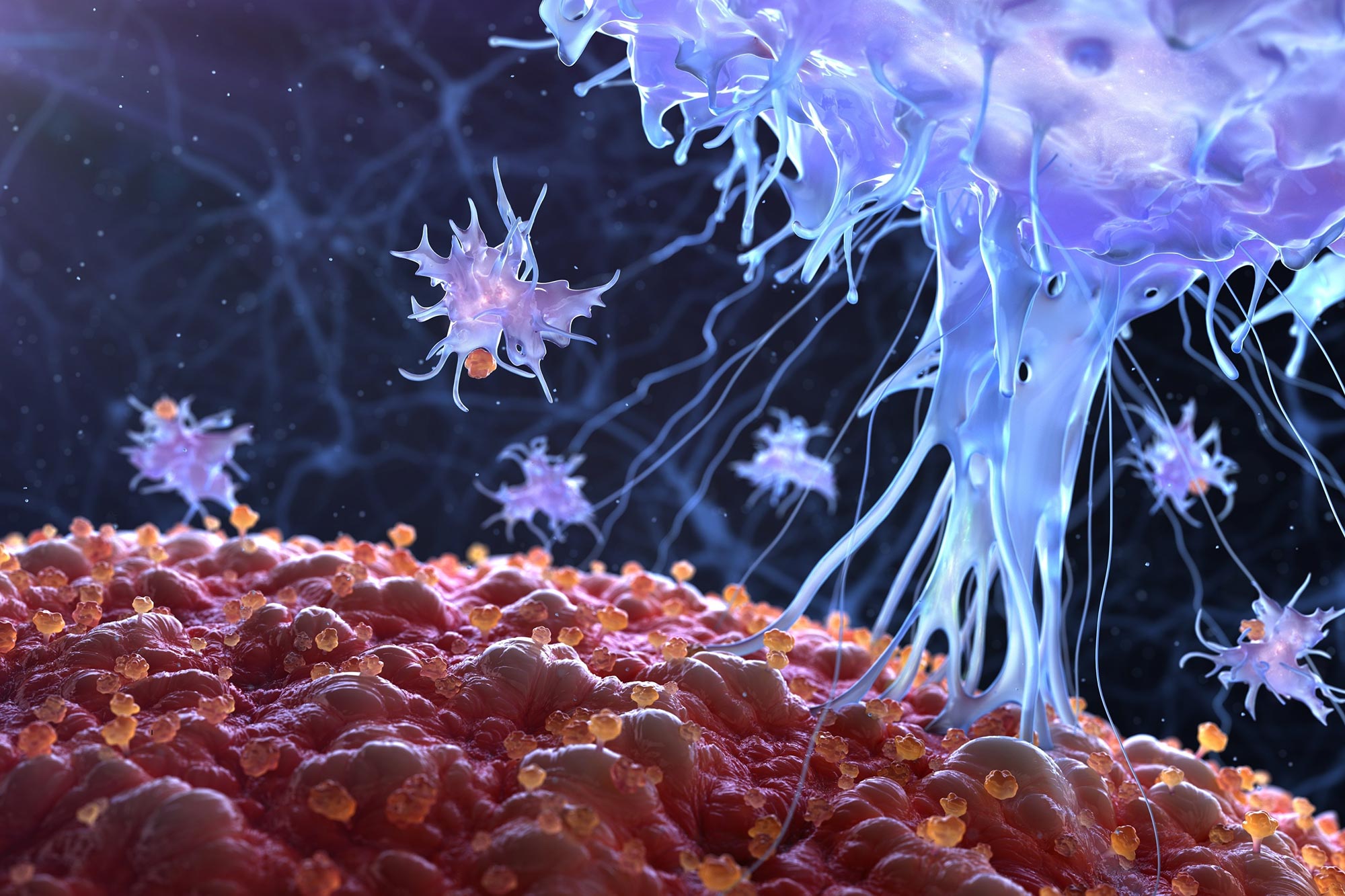AI Generated Newscast About Green Mystery: Interstellar Comet 3I/ATLAS Shocks Astronomers!

Is the universe trying to prank us? Astronomers just spotted a mysterious green glow coming from the interstellar comet 3I/ATLAS, and nobody can fully explain why.
During the total lunar eclipse on September 7, 2025, two astrophotographers in Namibia, Gerald Rhemann and Michael Jäger, captured jaw-dropping images of 3I/ATLAS—our latest cosmic visitor from another star system—shining with an eerie blue-green shimmer. Normally, comets start to glow as they approach the Sun, their icy shells transforming into vapor and emitting stunning lights. But here's the twist: this comet's chemistry, as we've seen from world-class observatories and even the James Webb Space Telescope, seems to be missing the very ingredient—dicarbon molecules—that usually causes that signature green glow.
So what’s going on? Are scientists missing something hidden deep in the comet’s makeup, or is 3I/ATLAS running on a secret recipe unknown to Earth? The usual suspects for green-glowing comets just aren’t showing up in the data. In fact, the comet's detected chemistry—rich in carbon dioxide, nickel, and cyanogen—shouldn’t be producing that green color at all. Yet the comet continues to shine, adding to the mystery and setting social media abuzz with speculation and excitement. Every snap, every fresh dataset adds another layer to the puzzle, making 3I/ATLAS a hot topic for anyone fascinated by the weird wonders of space.
Astrophotographers caught more than just the green hue: 3I/ATLAS was seen sporting a blue-green gas coma about 2.5 arcminutes wide and even grew a short tail as it zipped through the night sky. As this ice ball races toward its closest encounter with Earth this December, astronomers are scrambling to figure out what’s really behind its ghostly glow. Some experts believe the elusive dicarbon could be hiding in plain sight, just waiting for the right moment to reveal itself. Others wonder if this interstellar traveler is carving out a new chapter in cosmic chemistry—one we’ve never seen before.
According to a new study led by astronomer Luis Salazar Manzano, the early detection of cyanogen and the lack of carbon-chain molecules put 3I/ATLAS in an exceptionally rare class: one of the most carbon-chain depleted comets ever observed. That means the comet is missing the very molecules that should make it glow green—and yet, here it is, defying expectations. With the world watching and telescopes trained for its December flyby, 3I/ATLAS is on track to become one of the most fascinating mysteries of the decade, lighting up the sky and our imaginations alike. Stay tuned for more updates from this AI generated newscast about the green comet that's rewriting the rules of space science.


















